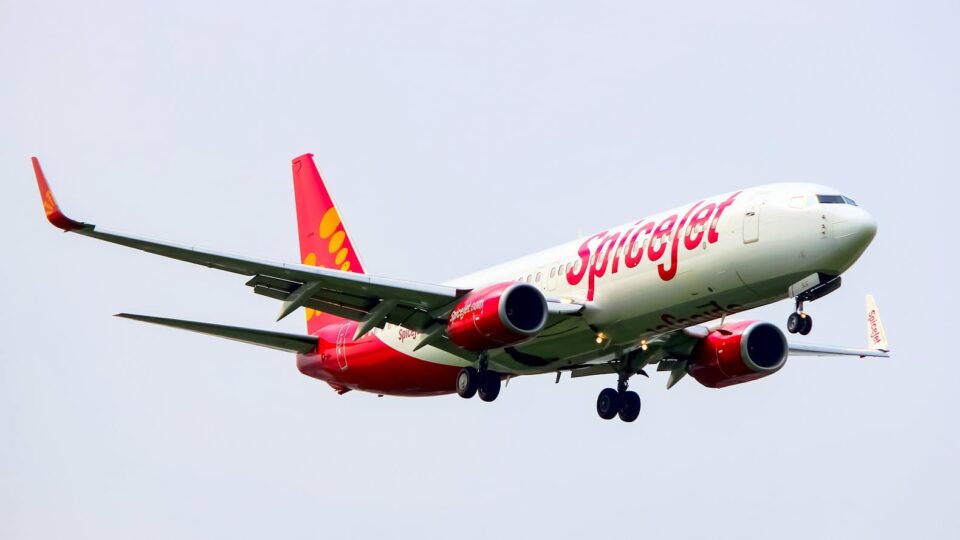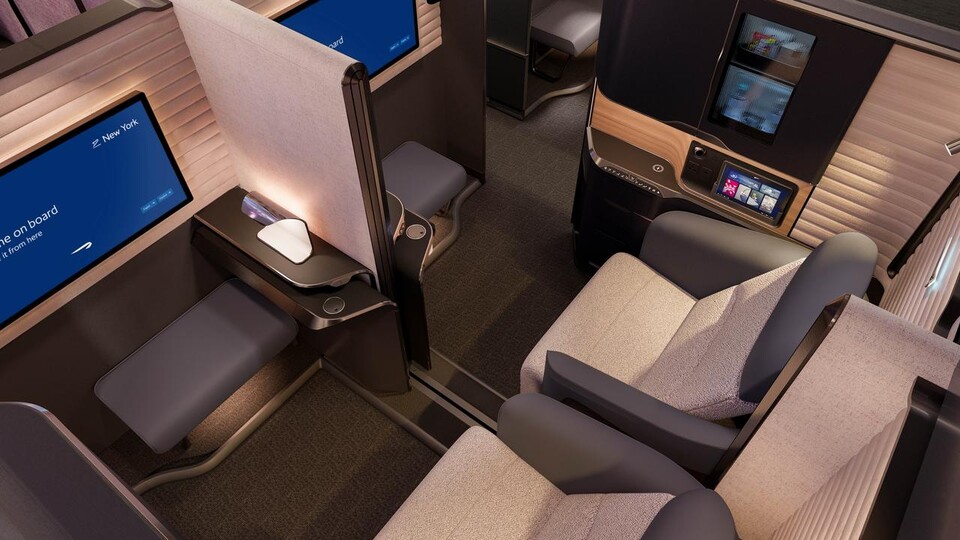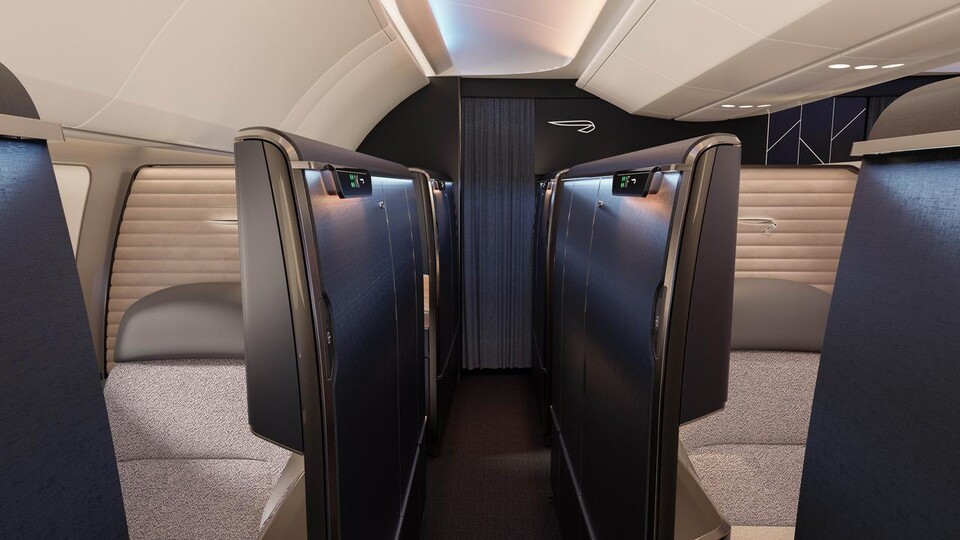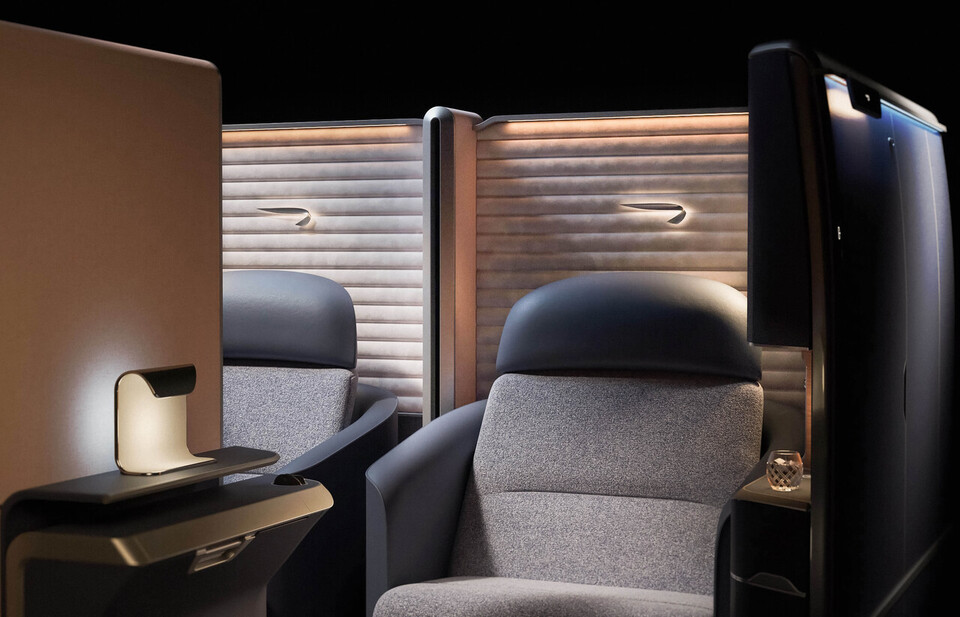Airlines
SpiceJet reaches a settlement for $91 million liabilities with EDC

In a significant development, SpiceJet, one of India’s prominent budget carriers, has successfully negotiated a settlement agreement with Export Development Canada (EDC), a government agency, to resolve liabilities amounting to approximately $91 million.
This breakthrough agreement paves the way for SpiceJet to assume ownership of the majority of its bombardier q400 aircraft, marking a crucial step in the airline’s financial restructuring efforts. The comprehensive settlement amount, as per SpiceJet’s financial records, is set to alleviate the burden of outstanding liabilities, amounting to Rs 755 crore.
This milestone achievement underscores SpiceJet’s commitment to achieving financial stability and prudent management practices. As part of the agreement, SpiceJet will gain full ownership of 13 EDC-financed q400 plane, thereby enhancing its operational capabilities and fleet management. This strategic move not only strengthens SpiceJet’s position in the aviation market but also signifies a significant milestone in its pursuit of long-term prosperity.
Ajay Singh, the Chairman and Managing Director of SpiceJet, expressed his satisfaction with the settlement, acknowledging the cooperation and progressive approach demonstrated by EDC throughout the negotiation process. He emphasized that this agreement would fortify SpiceJet’s balance sheet, positioning the airline for sustained success in the future.
Moreover, the settlement agreement heralds substantial long-term savings for SpiceJet, as it relieves the airline from the obligation of regular monthly rentals for the acquired aircraft. This newfound financial flexibility is poised to empower spicejet group booking
to navigate challenges and capitalize on opportunities in the dynamic aviation landscape.
Following the announcement of the settlement, spicejet b2b shares surged, indicating investor confidence in the airline’s financial restructuring initiatives. With this landmark agreement, SpiceJet is poised to embark on a trajectory of growth and resilience, further solidifying its position as a key player in India’s aviation industry.

Airlines
British Airways Unveils Its Brand-New First Class Cabin for the Airbus A380

British Airways has introduced its brand-new First Class seat, blending sleek design with expert British craftsmanship. Reflecting modern British luxury travel, this new cabin is part of the airline’s Airbus A380 retrofit plans, set to take flight in mid-2026.
The updated First Class cabin has been crafted to feel like a modern luxury hotel in the sky, complete with cozy touches and thoughtful British details.
Etihad Airways Unveils 10 Exciting New Routes for 2025
Designed by top experts from across Great Britain and Ireland—including London, Glasgow, West Yorkshire, Kilkeel, and Dublin—the seat reflects the best of British design and quality.
Features and Comforts
The new First Class seat is ultra-wide at 36.5 inches, with a bed length of 79 inches for ultimate comfort. It includes:
- A multi-purpose ottoman and stowable table.
- A 32-inch 4K TV screen.
- Adjustable mood lighting with modes like “relax,” “dine,” and “cinema.”
- A cocooned 60-inch curved wall for privacy while maintaining a spacious feel.
Passengers traveling together can enjoy a shared experience with a sliding divider that creates a lounge-like space. The stowable tables also allow for “buddy dining,” where two people can dine together.
The cabin’s flowing curves, inspired by the iconic Concorde wings, create a welcoming and stylish environment. Additionally, passengers can now wheel their luggage directly into their personal storage space, making settling in easier.
This country tops visa rejections in the popular Schengen countries
British Airways carefully considered customer feedback when designing this cabin. The seat includes practical storage and features like a fully rectangular bed for home-like comfort. Every detail, from usability to elegance, has been designed to enhance the travel experience.
British Airways is proud to be the only UK-based European airline offering a First Class product across the Atlantic. british airways premium economy and First Class travelers enjoy exclusive perks such as stylish seats, access to luxury lounges, fast-track security, and the First Wing at Heathrow. The airline ensures a premium experience from booking to landing.
This cabin upgrade is part of British Airways’ £7 billion investment in improving customer experiences. The airline has already introduced over 120 initiatives, including new short-haul seats, free onboard Wi-Fi messaging, and refreshed lounges worldwide.
-

 Aviation2 months ago
Aviation2 months agoMicrosoft Flight Simulator Raises $3 Million to Bring Back the An-225 Mriya
-

 Airlines2 months ago
Airlines2 months agoQatar Citizens Can Travel to the United States Without a Visa
-

 Aviation2 months ago
Aviation2 months agoQatar Airways bans these new Electronic Devices on plane
-

 Defence2 months ago
Defence2 months agoWhich Country Has the Largest Fleet of Fighter Aircraft?
-

 Airlines5 days ago
Airlines5 days agoDAMAC Air: Dubai’s New Luxury Airline Offers Free Flights for Registration
-

 Airport2 months ago
Airport2 months agoWestern Sydney Airport Welcomes Its First Plane After 6 Years of construction
-

 Airlines4 days ago
Airlines4 days agoAir India to Launch aircraft maintenance training institute in Bengaluru
-

 Aviation2 months ago
Aviation2 months agoDid you know ? Once Boeing 747 carried 1088 passenger in 1991










